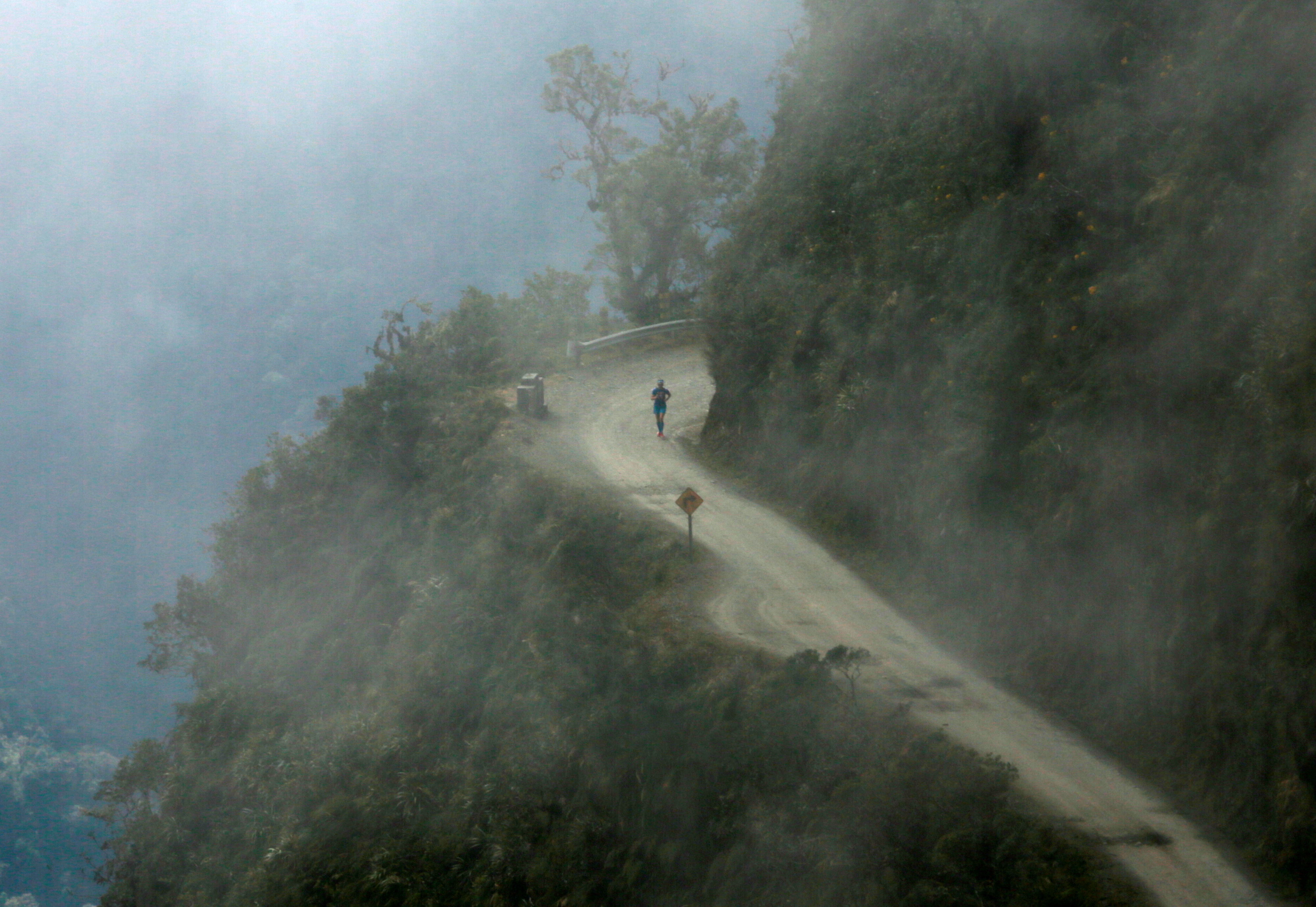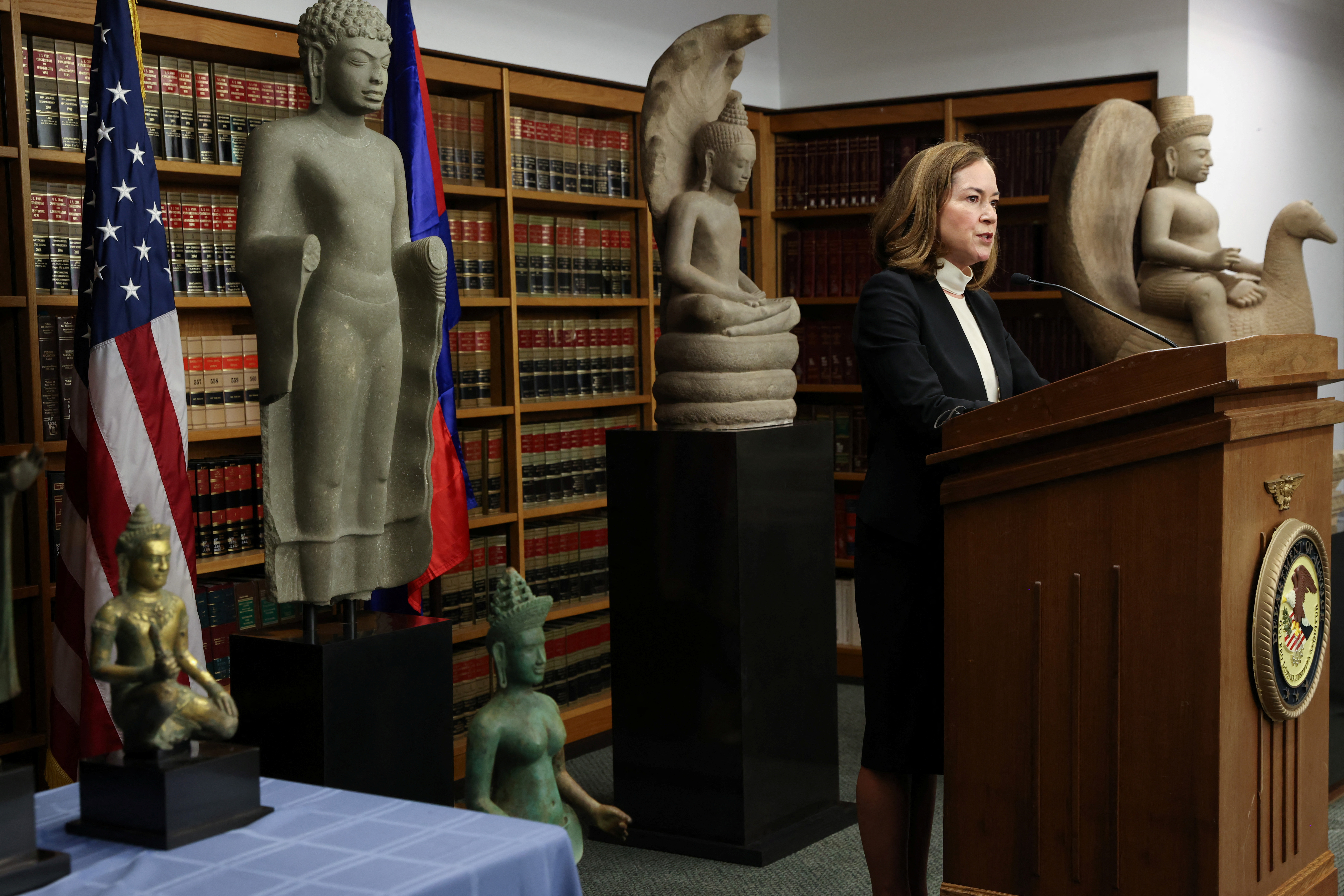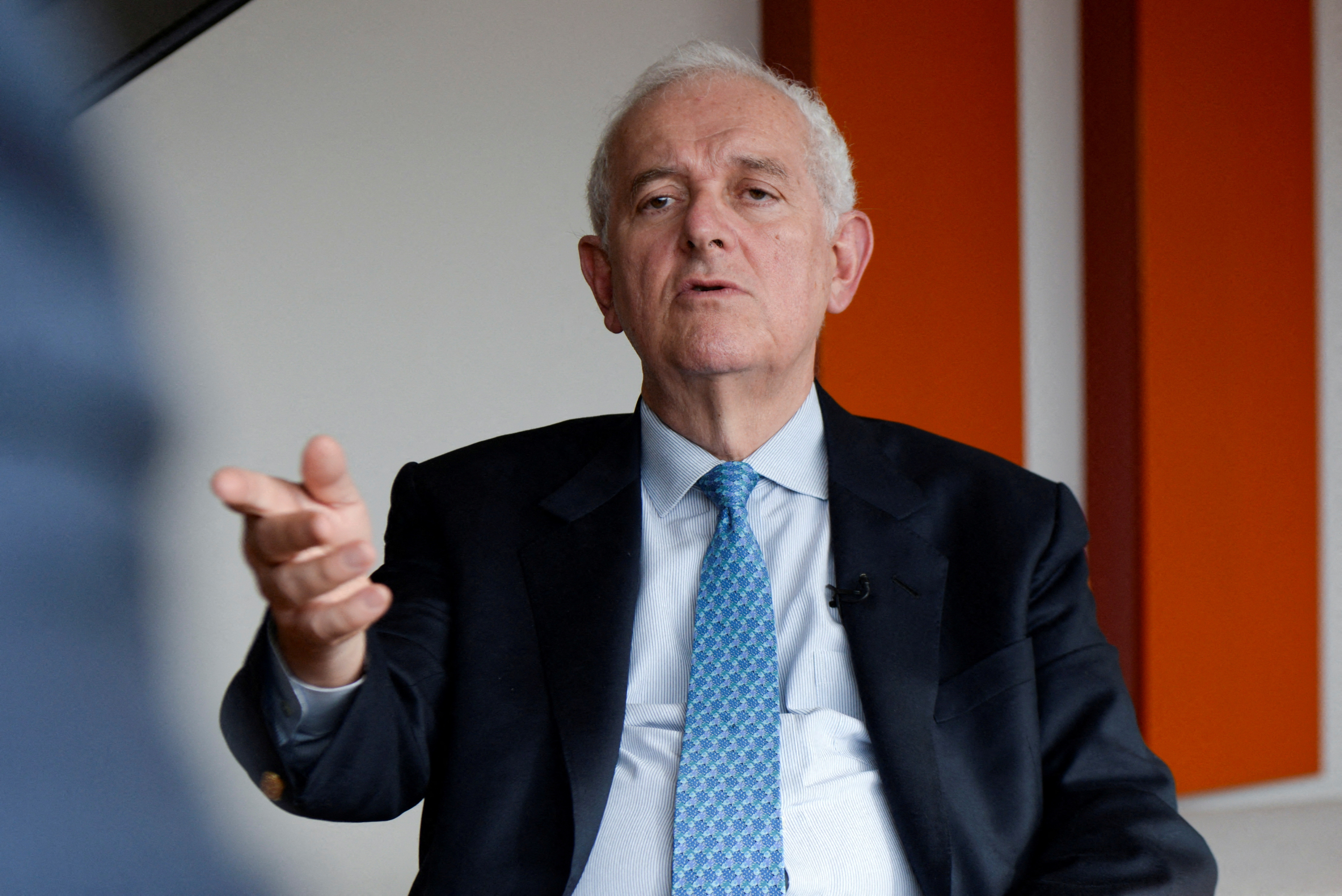By Daina Beth Solomon



Workers gather outside the Teksid Hierro de Mexico plant in Ciudad Frontera, Mexico in this handout picture obtained by Reuters on July 20, 2022. Alfonso Torres/Handout via REUTERS
MEXICO CITY, Aug 8 (Reuters) - A Mexican unit of carmaker Stellantis expects to resolve a complaint from Washington in several days, it said after it agreed to recognize an independent union, a move workers attributed to U.S. pressure under a recent trade pact.
Stellantis-owned (STLA.MI) Teksid Hierro de Mexico said the complaint, which alleged rights abuses at an auto parts plant in the northern border state of Coahuila, was set to close without going to a dispute panel.
The U.S. Trade Representative (USTR) is negotiating a remediation plan with Mexico's government on the matter under the 2020 United States-Mexico-Canada Agreement (USMCA), and will provide more information in the coming days, a USTR spokesman said in response to questions from Reuters.
Since 2014, workers at the plant have accused Teksid of colluding with powerful union CTM to block their election of an independent union, The Miners, and closing the USMCA case will mark the end of one of Mexico's longest-running labor conflicts.
In recent weeks, Teksid has recognized The Miners as the rightful union and agreed to re-hire, with back-pay, 36 workers who said they had been fired in retaliation for supporting the independent labor group.
The unit of the Italian-French carmaker would become the fourth company to resolve a USMCA complaint since the first case at a General Motors Co plant in Mexico's Guanajuato state last year.
"We have shown compliance with the points related to the complaint," Teksid told Reuters on Friday, referring to its plant of 1,500 employees that makes iron castings for heavy vehicles.
U.S. labor authorities filed a USMCA complaint over alleged rights abuses on June 6, asking Mexican officials to investigate. read more
On July 11, Teksid and The Miners reached their deal.
The swift action after eight years of conflict illustrated how the Trump-era USMCA has helped Mexican workers oust long-established company-friendly unions in favor of independent groups. Still, the scattershot victories have left Mexico's dominant unions, criticized as too cozy with management, ensconced in most factories.
When asked about the U.S. complaint, Stellantis has said it supports collective bargaining rights and will follow local laws. Mexico's economy and labor ministries did not immediately reply to questions about the U.S. complaint.
Wearing a blue helmet and fresh uniform, Alfonso Torres, 45, took his old spot in the factory on July 21, eight years after being fired.
As time dragged on and other factories refused to hire him, Torres camped outside the plant to demand back the job he began in 1998. Back at work, he said his younger co-workers reminded him the fight for a better union was worth it.
"Do you think we can leave them a salary like the one CTM left?" he asked. "We want something fair."
Torres makes 374 pesos ($18) per day - roughly in line with hourly starting wages for U.S. Stellantis workers.
The USMCA aims to reduce the vast wage gap between U.S. and Mexican workers, and recent raises achieved by independent unions at General Motors and Panasonic after USMCA complaints show it is hitting some of its targets.
Still, wages elsewhere have been largely stagnant even with inflation soaring, and experts say local autoworkers lack the kind of mass leverage that the United Auto Workers has long provided at Detroit carmakers.
Imelda Jimenez, a fired Teksid worker who is now The Miners' political affairs secretary, said the union will soon demand raises yet was on guard to see how Teksid would act without U.S. scrutiny.
The plant could have had tariffs applied on exports if found to be in violation of the USMCA, which has tougher labor rules than the earlier NAFTA.
"They never acted this way before," Jimenez said.










